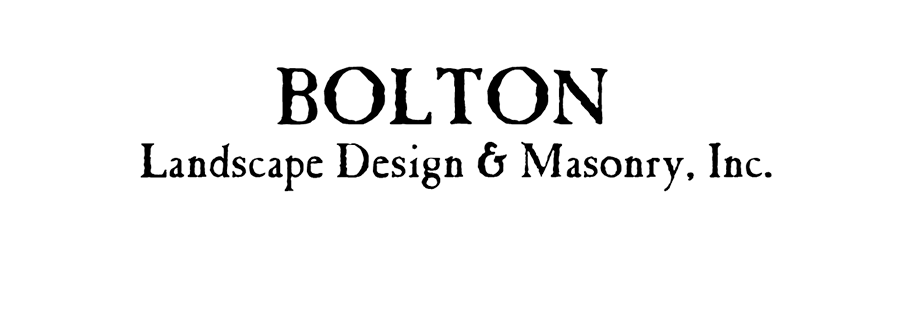Our New England region definitely has some unique weather conditions ranging from very cold winters to very warm summer days. Plants that are native to our Fairfield and Westchester county areas have adapted to our climate with the changing seasons over the course of hundreds of years. There is a benefit to housing these native trees and plants in your yard.
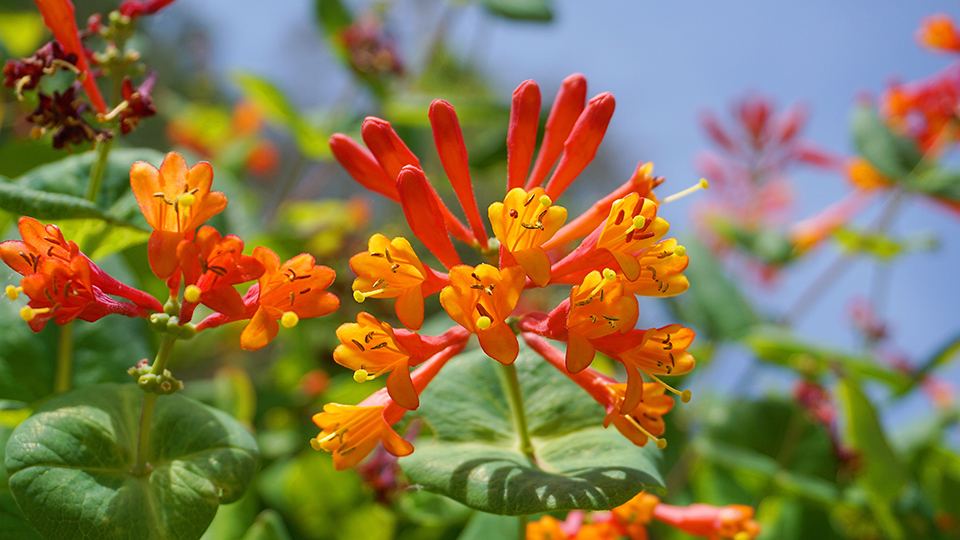
The Balance of Native Plants
Part of the balance of nature in each particular ecosystem, native plants have adapted to their local conditions such as temperature, precipitation patterns and soil. Because of their adaptability to our northeastern weather, less maintenance is required of the homeowner. Plants native to our area use less water and are less likely to require fertilization and pesticide treatments. They have been surviving on their own with the naturally occurring resources available.
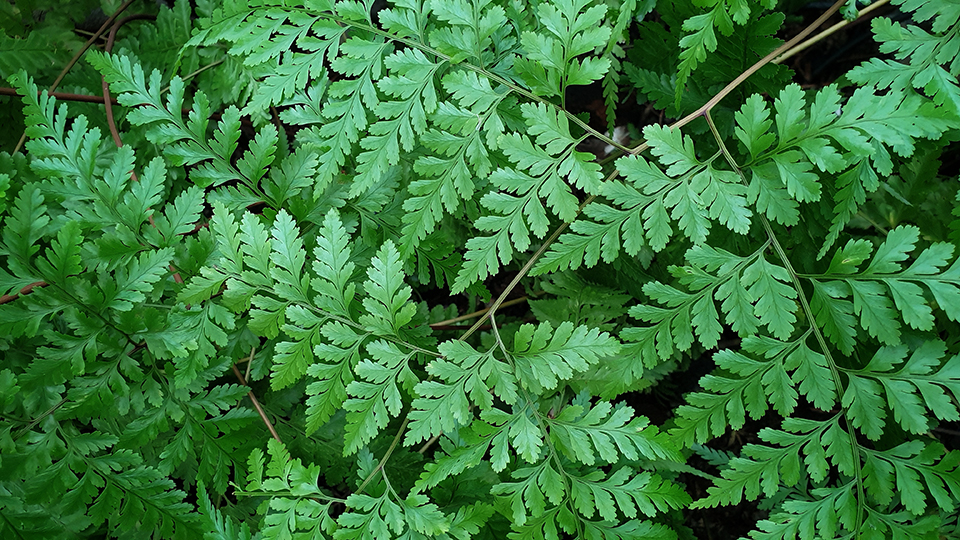
Native plants are also a help to local animals and insects. The plants produce seeds, nuts, fruit, and nectar that are a natural food source. Animals and insects rely on native trees and plants to provide specific food and protection at crucial times in their life cycle. The food these plants supply to insects in turn is food for the larger animals.
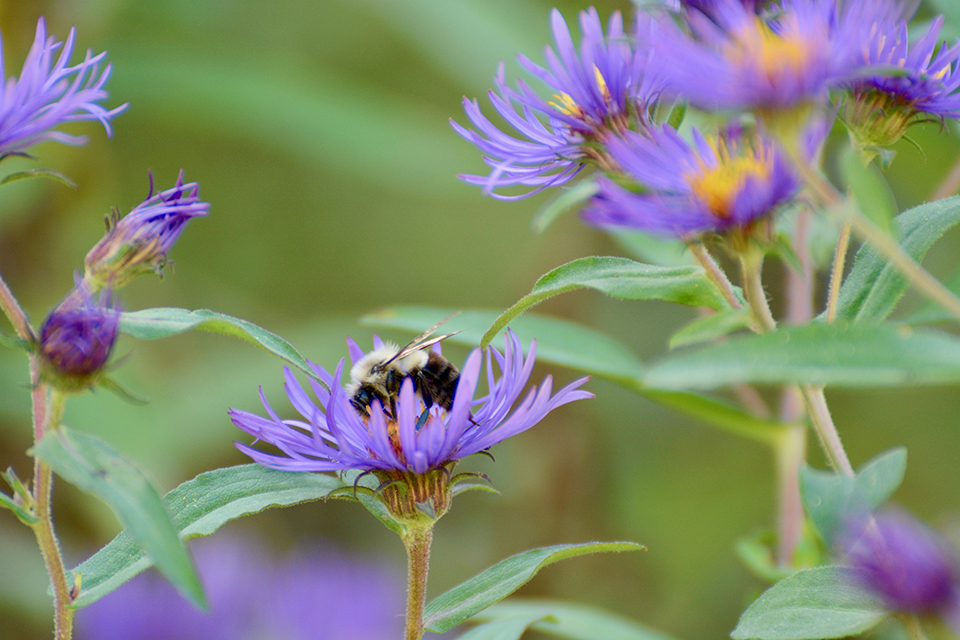
Attracting Helpful Wildlife
The plants you have in your yard are more important than you think. Attracting birds, butterflies and other native wildlife, native plants support pollinators. The pollinators count on native Connecticut flowers and blossoms. Evasive plants, conversely, can be a harm to our native insects and animals and should be removed from your landscape. These plants can disrupt natural communities and overall ecosystem health.
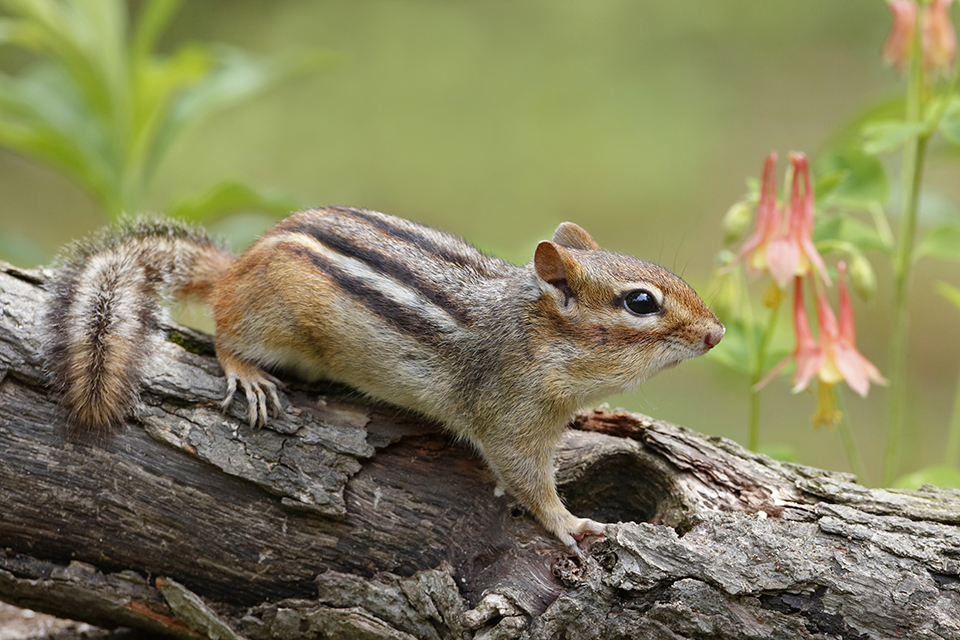
Bolton Landscape and Masonry specializes in landscape design. We have over 42 years of experience designing gardens and landscapes that use trees, plants and flowers native to our area. We’d love to hear from you to do a free estimate and look forward to dreaming up a design that meets your unique home location, typography and of course budget.
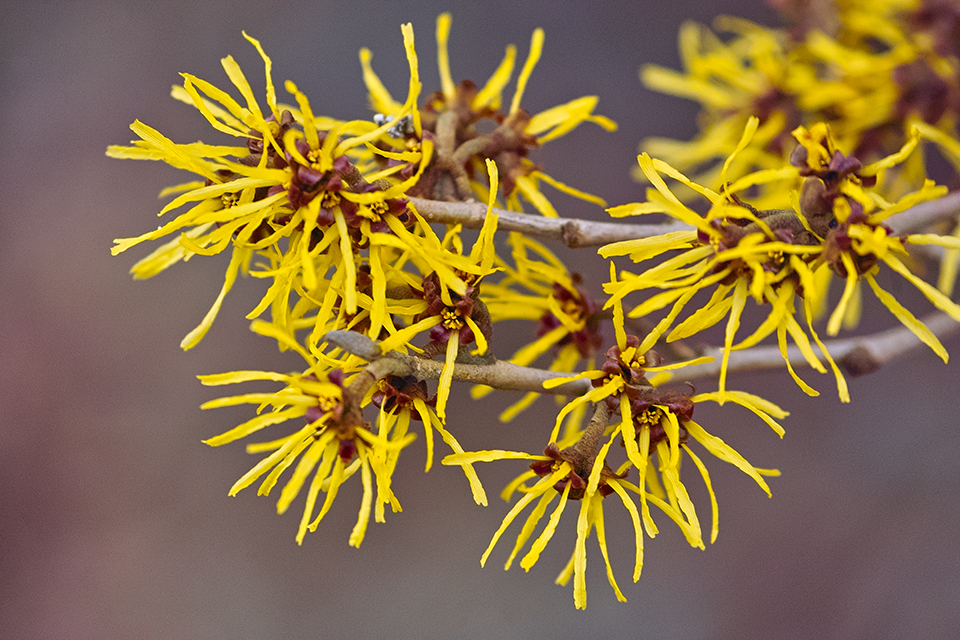
Connecticut Native Flowers
Here are some local Connecticut native flowers to consider when you are planting this spring.
Trumpet Honeysuckle /lonicera sempervins
Eastern purple coneflower / enchinacea purpura
Bluets / houstonia caerulea
Royal fern / osmunda regalis
Witch hazel / hamamelis virginiana
New England Aster / symphyotrichum novae – angliae
Inkberry / Ilex glabra
Eastern red Columbine / aquilegia canadensis
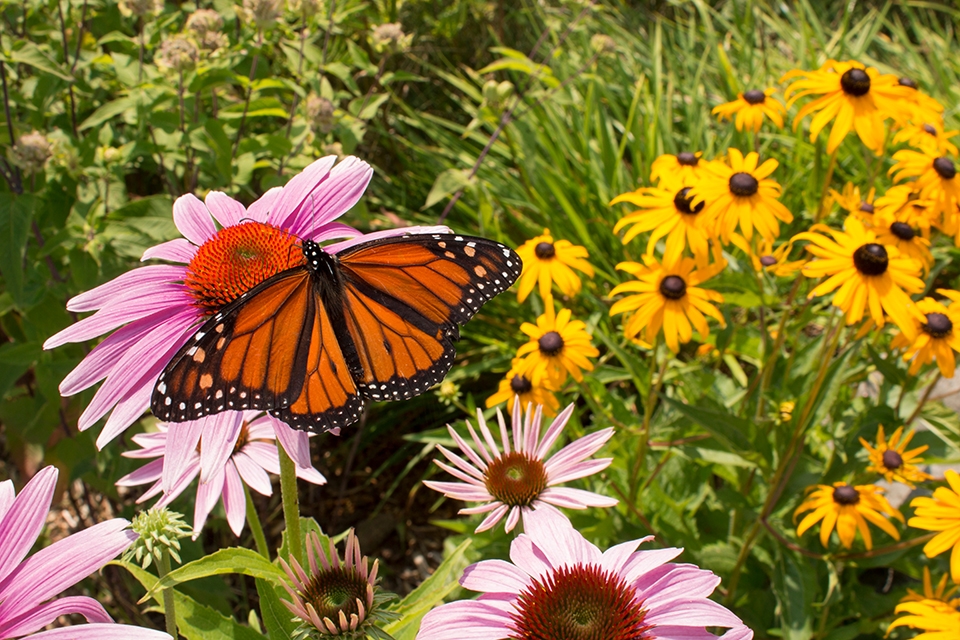
Related Article: Connecticut Magazine
With over 40 years of serving customers in the Wilton, CT and surrounding area, Bolton Landscape Design & Masonry gives homeowners a new landscape they can enjoy for many years to come. More than a landscaper, Bolton creates outdoor environments that include walkways, patios, fireplaces, waterfalls, ponds, stone walls, fencing, and landscape lighting. All installations are expertly installed by our team. Contact us today for a free estimate for all of your landscape design needs. We look forward to dreaming up a one-of-a-kind new yard for you.


